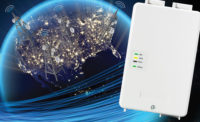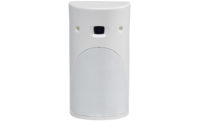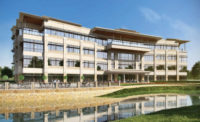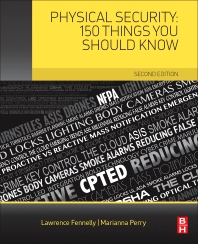For some time now I have been writing and presenting at various venues on what the monitoring industry should do about the rapid decline of POTS. I have explored the use of VoIP and cellular and have spoken of a new LTE cellular network called FirstNet, to be used mainly by first responders. This article is dedicated to those who wish to be totally independent of any network controlled by an outside entity.
The answer might be to set up your own network using a 450 MHz UHF Radio system.
For decades TMA (formerly CSAA) has been coordinating certain frequencies in the 460 to 466 MHz portion of the UHF business band allocated to Nationally Recognized Testing Laboratories (NRTL) listed alarm companies (i.e., listed by UL, FM and ETL). These frequencies can be used for both voice and data; it is the data use we are focusing on here. The beauty of this allocation is that a qualified alarm company can obtain a license to use a frequency or frequencies for a simple filing fee with the coordinator and the FCC. Licenses are renewed every 10 years. An FCC license is required for a geographic operating area, not for each subscriber, greatly reducing the burden and cost to the alarm company. Then the company can purchase equipment for its customers and monitoring center with no recurring charges.
For a number of years, NFPA 72 has recognized this technology for fire alarm transmission. First it recognized a simple one-way radio system, called digital alarm radio systems (DARS), which comprised multiple customers transmitting to one receiving site in a one-way fashion. As a requirement, this technology was to be used in conjunction with — that is, as a backup to — digital alarm communicator transmitters (DACT), the colloquial “dialer.” It has since been removed from NFPA72 in deference to newer technologies.
However, NFPA 72 also recognizes a version of one-way radio systems called private one-way radio systems. The private one-way radio system differed from its simpler older cousin in one fundamental requirement: that all signals emitted from a subscriber are required to be received by at least two listening sites or towers. The system would supervise this and any fault would be signaled as a trouble, requiring service.
Systems of this type could be deployed on both 450 and 900 MHz frequencies. But operation at 900 MHz is somewhat problematic because licensing on that band is difficult. Therefore, these systems would most likely be deployed in the 450 to 470 MHz band.
Later, a now-popular version of one-way private radio found an embodiment in a mesh configuration. Mesh radio technology is conceptually simple.
As the term “mesh” signifies, a signal emanating from each subscriber works with its neighbors to eventually find its way to a central receiving point. While each subscriber unit is a two way unit (the return channel is used for “acknowledgement”), the signal flow works in a similar fashion to the older one-way version. In order to qualify for commercial fire applications, each subscriber must communicate with a minimum of two other subscribers. Only one supervising signal needs to be sent in a 24-hour period. This is monitored by the system so that any fault is flagged as a “trouble” requiring service.
These mesh systems can operate on the NRTL frequencies, giving them a certain amount of protection and the benefit of the more favorable requirements afforded to these frequencies. These benefits include relaxed restrictions in antenna height, power and licensing. These systems operate at ground level, although higher antennas can be used if desired.
If you are looking for independence from the major carriers, consider UHF data radio as an alternative.









